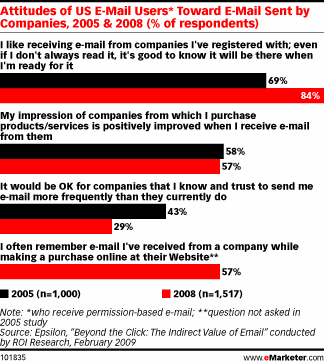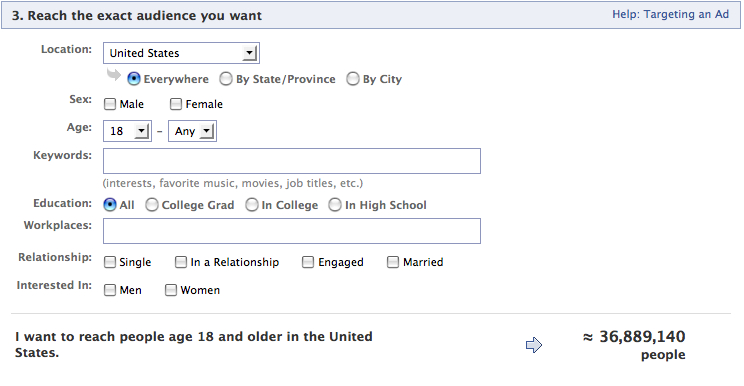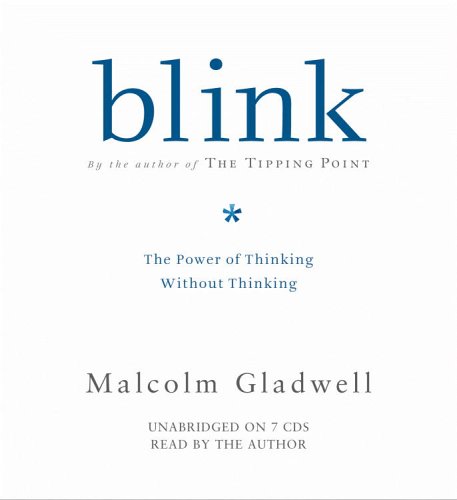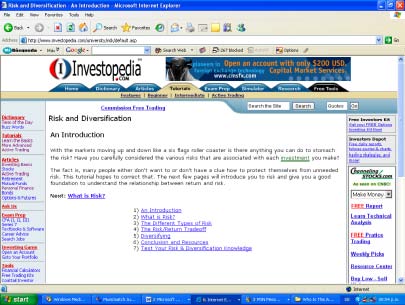In 1999 Seth Godin wrote an incredible book called “Permission Marketing” (you can check out part of “Permission Marketing” for free at Amazon or could read the entire first four chapters if you e-mail me at damian [at] idaconcpts [dot] com, and yes, I am authorized to forward the first three chapters of this book via e-mail, as long as I don’t make any profit out of it). Seth is a truly great author and you should check him out. He’s such a good author that he often gives out part of his work for free (as in the case of “Permission Marketing”) or even complete books.
The concept of permission marketing is best exemplified by the smart use of e-mail.

Recognize this little checkbox? Every time that you are interested in an online service or product and you need to register to be able to use it, the makers will ask you this question. Do you want to hear from us? This little question is very powerful because you are already engaging in a conversation with your users. You’re letting them know that you want to keep in touch with them and likewise you are asking them, if they are ok with it.
Now, I understand that you might challenge this proposition: people are ok with an organization reaching out to them. Well, consider this survey from eMarketer:
Do you notice the change in user trends about e-mail messages from companies from 2005 to 2008? People care about these e-mails because 1) they are REGISTERED, 2) they checked the little “it’s ok to contact me” box during registration, 3) the e-mails that they are receiving are personal, relevant, and ANTICIPATED messages (the three pillars of Seth’s permission marketing), and 4) they can choose when and where to check these messages.
“It’s about me, it’s about what I’m interested right now, and it’s delivered in a format that I want to get it.” – Seth Godin (“All Marketers are Liars” presentation at Google, 8:41)
The beauty behind e-mail permission marketing is that people do not have to be interrupted, they choose when to review the information (if, at all).
However, any organization can mess up this priceless, golden permission that its users have provided by abusing this permission and turning its e-mail messages into impersonal, irrelevant and unanticipated.
In conclusion:
- Provide your users a check-box during registration so they can decide whether or not to give you permission to contact them.
- Make your e-mail messages personal (ask for feedback, provide various channels for communication, thank them for giving you a job), relevant (tell them about how you are making their experience better, tell them how other users got in touch with you and they made a difference in the new release) , and anticipated (bi-weekly, monthly).
- Don’t abuse the permission your users they have given you: NEVER sell your e-mail list to other vendors, ALWAYS provide the option for 1-click, easy unsubscription, and ALWAYS respect if they decide to unsubscribe from your e-mail list.
Thank you for your time. In the next post I will discuss about web metrics of permission marketing e-mail campaigns.






 It is important that you have a variety of images available because you will be needing as you A/B test your ads. Notice that
It is important that you have a variety of images available because you will be needing as you A/B test your ads. Notice that 
 Wow, this is a lot of useful information! Notice that we get a couple of relevant news that show what drove queries for this term. Company names and product names are useful because then you can go into their websites and see what are their current SEO and SEM practices. Also, you should look if the already have ads around Facebook. Don’t try to reinvent the wheel and keep an eye on the current practices of your competitors. It is also important to check out what keywords are related to your keyword, what regions (or countries or cities) provide the most queries for your keyword, and what languages are those queries made on. Another important source of information is Google Ad Planner. For a discussion on how to use Google Ad Planner, refer to this
Wow, this is a lot of useful information! Notice that we get a couple of relevant news that show what drove queries for this term. Company names and product names are useful because then you can go into their websites and see what are their current SEO and SEM practices. Also, you should look if the already have ads around Facebook. Don’t try to reinvent the wheel and keep an eye on the current practices of your competitors. It is also important to check out what keywords are related to your keyword, what regions (or countries or cities) provide the most queries for your keyword, and what languages are those queries made on. Another important source of information is Google Ad Planner. For a discussion on how to use Google Ad Planner, refer to this  Using the information from the previous steps, you can fill in the fields on step 3. Notice that not all keywords are available at Facebook, so its important that you look for keywords related to your own keyword(s) of choice.
Using the information from the previous steps, you can fill in the fields on step 3. Notice that not all keywords are available at Facebook, so its important that you look for keywords related to your own keyword(s) of choice.












